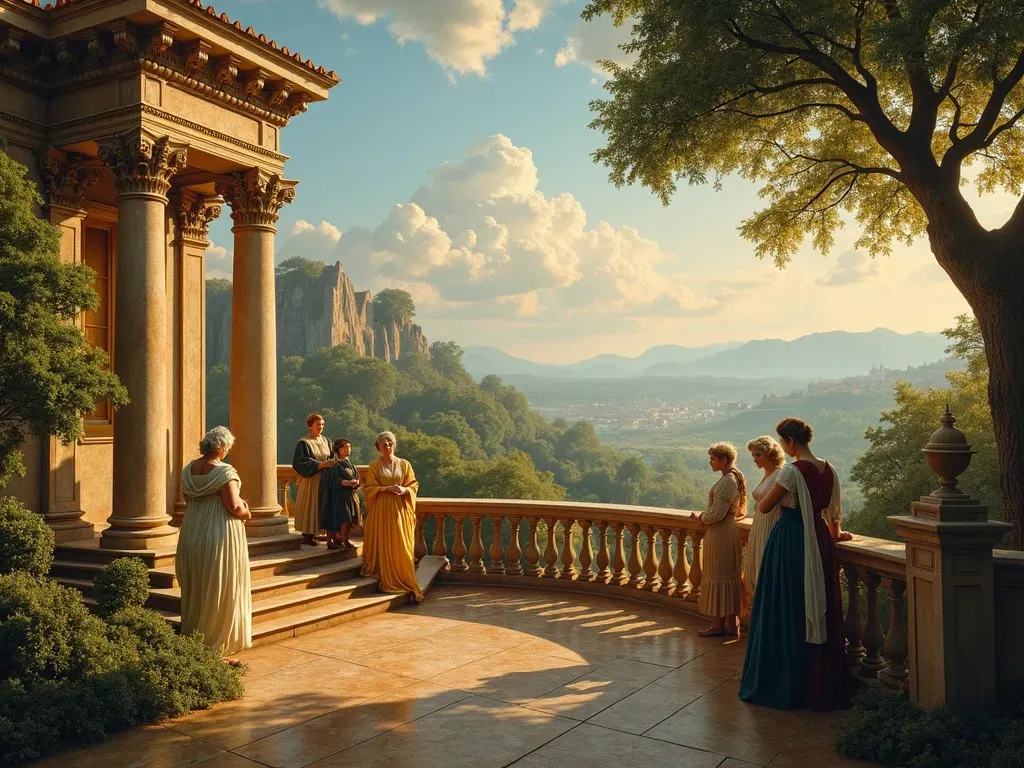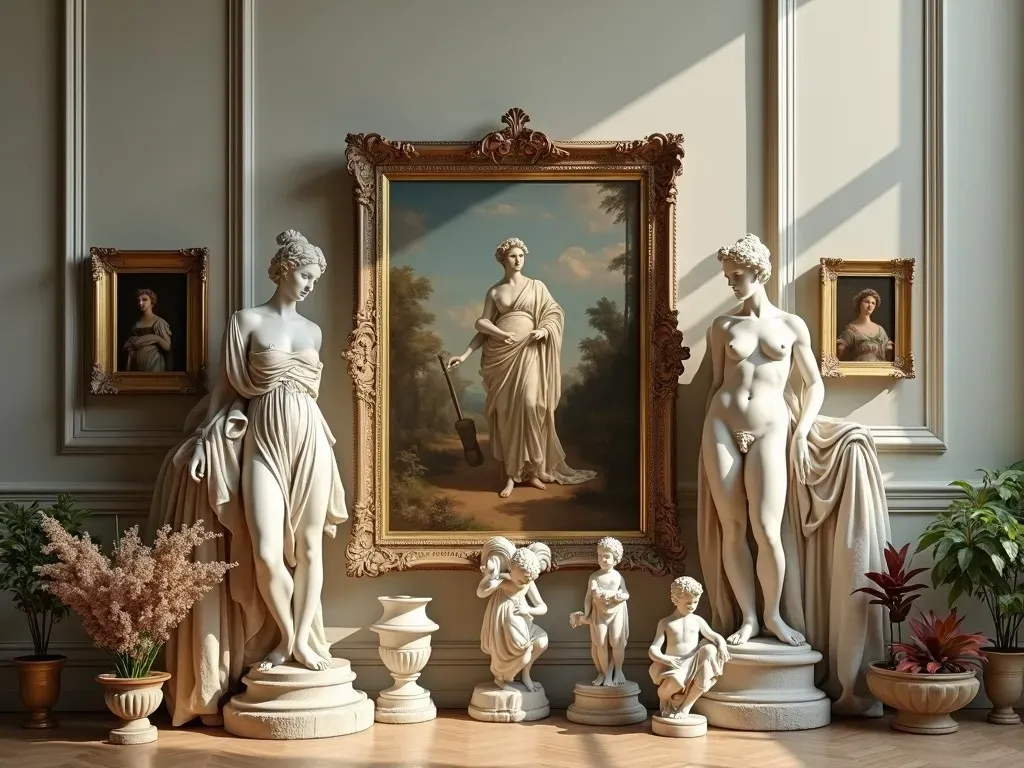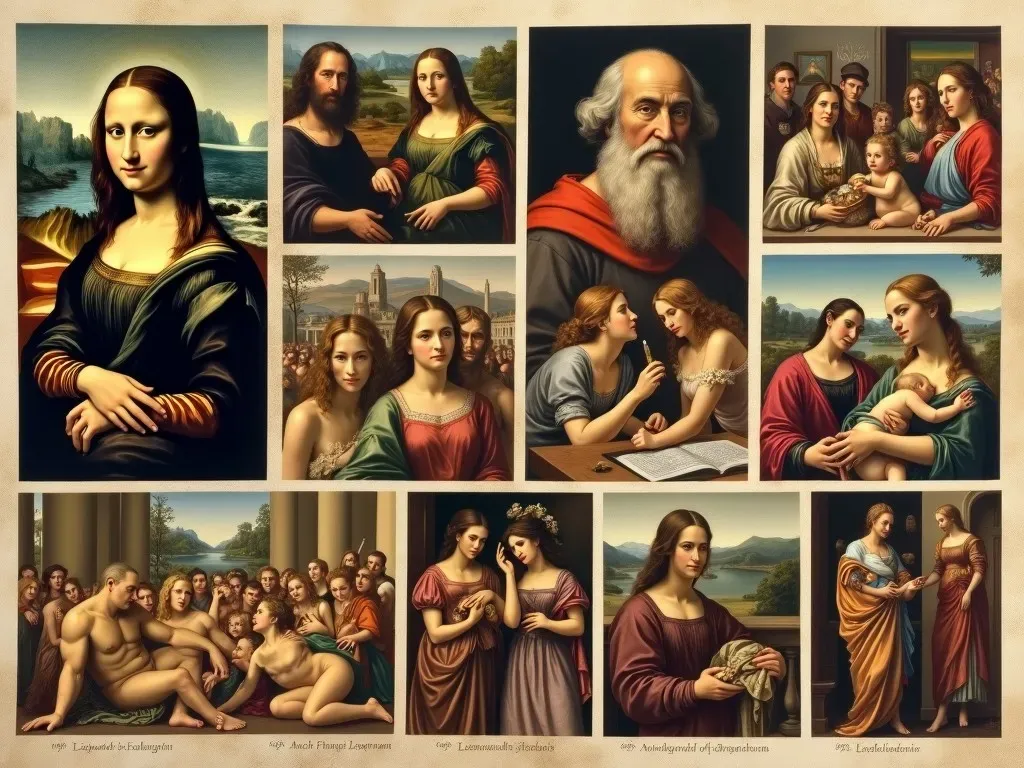Classical paintings represent a magnificent period in art history characterized by balance, harmony, and idealized beauty. This style draws Inspiration from the ancient civilizations of Greece and Rome, marking a significant artistic movement that influenced countless generations.
Characteristics of Classical Painting
At its core, classical painting is defined by several key characteristics:
- Harmony and Proportion: Classical artists prioritized balance and proportion in their works, drawing heavily on geometric principles to create visually appealing compositions.
- Idealization of the Human Form: Figures in classical paintings are often idealized and devoid of emotional expression, reflecting the artists’ pursuit of perfection and beauty rather than realism.
- Mythology and Historical Themes: Many classical paintings illustrate themes from mythology and history, emphasizing the tales of gods, heroes, and significant historical events.
Facts and Figures
| Characteristic | Description |
|---|---|
| Era | Primarily from ancient Greece to the Renaissance |
| Prominent Artists | Raphael, Michelangelo, and Leonardo da Vinci |
| Significant Works | “The School of Athens,” “The Last Supper,” and “David” |
| Colors Used | Earthy tones with an emphasis on naturalism |
| Techniques | Use of chiaroscuro and sfumato for depth and realism |
Influential Artists and Their Works
- Raphael (Raffaello Sanzio): Known for his masterful use of space and composition, Raphael’s most famous work, The School of Athens, depicts an idealized gathering of great philosophers.
- Michelangelo: A true polymath, Michelangelo’s sculptures and paintings, such as the Creation of Adam on the Sistine Chapel ceiling, exemplify the grandeur of classical ideals.
- Leonardo da Vinci: Renowned for his keen understanding of human anatomy and light, da Vinci’s Mona Lisa remains a quintessential example of classical painting.

The Evolution of Classical Painting
The legacy of classical painting evolved through various movements:
1. Greco-Roman Influence
- The ancient Greeks and Romans laid the groundwork for classical aesthetics. Artists like Polykleitos focused on the ideal proportions of the human body, creating works that emphasize balance and beauty.
2. Renaissance Revival
- The Renaissance marked a revival of classical ideals, where artists sought to emulate the techniques and themes of ancient civilizations. This period saw the rebirth of classical proportion and perspective, epitomized by the works of da Vinci and Michelangelo.
3. Neoclassicism
- In the late 18th century, neoclassicism emerged as a reaction against the exuberance of the Baroque period. Artists such as Jacques-Louis David reclaimed the classical form, focusing on moral themes and civic virtue in works like Oath of the Horatii.
4. Modern Interpretations
- Even in the 19th and 20th centuries, elements of classical painting influenced movements like Impressionism and Modernism, with artists referencing classical themes while exploring new techniques and subjects.
Reference Video
Notable Classical Paintings
Here are some exemplary classical paintings that continue to influence artists and delight audiences worldwide:
| Painting | Artist | Year | Description |
|---|---|---|---|
| The School of Athens | Raphael | 1509-1511 | A fresco portraying great thinkers of the past, symbolizing the unity of knowledge. |
| The Last Supper | Leonardo da Vinci | 1495-1498 | A masterful depiction of Christ’s final meal with his disciples, highlighting emotional responses. |
| Oath of the Horatii | Jacques-Louis David | 1784 | A neoclassical representation of honor and sacrifice, showcasing the ideals of civic duty. |
| The Birth of Venus | Sandro Botticelli | 1485 | Celebrates beauty and love, capturing a moment from mythology with grace and elegance. |

The Cultural Impact of Classical Painting
Classical painting has profoundly influenced not only visual arts but also literature, philosophy, and other cultural realms. The ideals of beauty, balance, and harmony encapsulated in classical artworks have permeated various aspects of life:
- Architecture: Many styles, including neoclassical architecture, borrow from classical themes and motifs, showcasing grandeur and symmetry.
- Literature: Classical themes in literature often draw upon mythological tales, exploring timeless human conditions, virtues, and failings.
- Education: The teachings of classical art continue to inspire art education, with art students learning techniques and principles derived from classical masters.
FAQs about Classical Painting
1. What defines classical painting?
Classical painting is characterized by idealized representations of the human form, focus on balance and harmony, and themes drawn from mythology and history.
2. Who were the key artists in classical painting?
Prominent artists include Raphael, Michelangelo, and Leonardo da Vinci, among others, who made significant contributions to the movement during the Renaissance.
3. How did classical painting influence modern art?
Classical painting laid the foundations for techniques and themes that have been adapted and reinterpreted by various art movements over the centuries.
4. Where can I learn more about classical art?
For a deeper understanding of classical art, websites like The Art Story provide extensive resources and insights into the significance and evolution of the genre.

Conclusion
Classical painting continues to capture the imagination of art lovers around the world with its timeless beauty and cultural richness. It is more than just art; it’s a window into the values and ideals of past civilizations, influencing contemporary art and culture.
